Source of Russian nationality
In the XIX century, even documented archaeological surveys were not conducted here. True, as early as 1804, bishop Evgeny Bolkhovitinov arrived in Novgorod, an expert on ancient manuscripts, which were kept in monasteries, and he suggested what treasures could be hidden under his feet. But in order to find them, it took a half century.
We, the descendants, who did not personally witness the magnificent flourishing of feudal-republican Novgorod, or its bloody sunset, can now conclude that we were very lucky many times: first of all, that it was just that. Founded at the headwaters of the Volkhov, distant from Kiev, Vladimir and Moscow (and protected by them from the Mongols-Tatars from the south), keeping trade routes near the Baltic Sea, surrounded by fields and hidden in forests and swamps, Novgorod had more than just chances for distinctive development and took advantage of them. However, the matter is not only in the location of Veliky Novgorod, which became a pledge of its greatness, the earth itself seemed to have made efforts to make this place a dream of an archaeologist and a historian: clayey soil, well preserving tree, not broken by perekop; even the redevelopment of the XVIII century was not on the ancient buildings, but on the outskirts of former estates. Violations caused by the construction of the XVIII – XX centuries affected only the surface levels of the cultural layer, not deeper than the layers of the end of the XV century. Hidden Novgorod with houses, workshops, shops, marinas, streets, was waiting for its explorer and waited in relatively recent time.
ENCYCLOPEDIA OF RUSSIAN LIFE
The most systematic studies of the Novgorod excavations are described in the works of Artemy Vladimirovich Artsikhovsky and Boris Aleksandrovich Kolchin. Their work began at the end of the 20-ies, and after the Great Patriotic War, they were given such material and technical capabilities, "which previously could not even dream of." On the initiative of Kolchin, electric winches and conveyors were used to transport land (for the first time in Soviet archeology) at the excavations, and this greatly increased the efficiency of labor, eliminating the need to manually drag the waste land. Artsikhovsky presents the facts, for the uninitiated, amazing: “Dampness has kept us a tree. As the cultural layer in Novgorod grew, it became dry. From a known level, this was done an obstacle to the conservation of plant substances. Logs X – XIV centuries. preserved so well that of them it is usually possible and now to build a house, and it will stand for several weeks. The logs of the XV century, in many cases, loose and rotten. From the logs of the XVI century is preserved only ashes. Logs XVII, XVIII and XIX centuries. rotted without a trace or almost without a trace, and only traces of the twentieth century survived some traces. ”
Thus, the most ancient layer turned out to be the most intact: the increased soil moisture interfered with the penetration of air and the vital activity of bacteria causing rot. Therefore, the soil extracted from the excavations was “dead” and unsuitable for use in horticulture, unless it was first mixed with fresh surface soil. But “for twelve years a powerful cultural layer with a thickness of up to 7,5 meters has been excavated over an area of about 10 thousand square meters. Opening such a vast complex has no analogies in stories excavations of medieval cities, ”writes Kolchin. And what just was not found here! Previously, it was assumed that trade in Novgorod prevailed over its own production, but the findings allow to doubt this: on the contrary, each subsequent year, the excavation opened new facets of ancient Russian craftsmanship.
“The old Russian lathe craft, which was hardly amenable to archaeological study before the Novgorod excavations, can now be studied in detail. A number of lathe incisors were found, and a multitude of wooden utensils, machined on a lathe. It turned out that this machine was used in Novgorod already in the 10th century, ”writes Artsikhovsky, listing with satisfaction a huge list of what was found in Novgorod in abundance or for the first time: the first nail and many saws, although the existence of this tool in Ancient Russia for a long time doubts; modern-type scissors with rings and a carnation, which appeared in Russia in the tenth century; the most ancient high-speed skis of the modern type (XIII century); archaeological materials on horticulture and gardening (it turned out that cucumbers and cherries also spread here in the 10th century); a huge amount of leftover leather shoes - it seems that Novgorod almost all wore it, it was available even to poor people. This high level of technology corresponded to the development of crafts in Western Europe at that time.
For the history of art, the preservation of wood was no less important: many wooden objects — from furniture and platbands to toys and chess pieces — were covered with carved patterns very close to the colorful patterns of Novgorod parchment books. Wood carving was the most accessible and popular art in Russia, and unlike paints, which the raw earth did not spare, the carved ornaments were perfectly preserved. Another glorious find is musical instruments of various degrees of preservation: the harp, three-stringed string whistles, snorkel flutes, and iron horseshoe-shaped harps. A steel lamellar armor, discovered in a layer of the XIV century, led to the conclusion that the armor in which the warriors were depicted on ancient icons really existed in Russia (before this find, only chain mail was known).
Novgorod clothing collection helped to form an idea about almost all aspects of the life of Veliky Novgorod, but not only him. The most important significance of the Novgorod finds is that they allowed to make bold and reasoned generalizations. Thanks to Novgorod, we can now assert that the Russian national life, which is well known to us from the monuments of the 18th –19th centuries, goes back to ancient antiquity and is completely recognizable even in the 10th century. Scientists predicted: “Researchers from other Russian cities will draw chronological analogies in Novgorod. This is facilitated by the fact that the material culture of the old Russian city is generally homogeneous. In the north and in the south, in the west and in the east there are the same types of things ”- so, one uniquely preserved ancient Russian city allows to judge about the life of a thousand years ago, characteristic of the whole prototype of the Russian state.
And yet this is not the main thing, what delighted the archaeologists of Novgorod the Great. What will be discussed further, at least by hearsay, is known to every educated citizen of Russia.
“I WAITING FOR THIS TWENTY YEARS!”
Thus, according to eyewitness accounts, Professor Artsikhovsky exclaimed when a young worker, Nina Akulova, right on the 14th century pavement in the gap between the floorboards noticed a birch scroll, on which letters could be seen through the dirt. This day - July 26 1951 - forever entered the history of Russian archeology. “The impression was that there were live voices coming from under the earth.”
These were the living voices: no official archive was found in the Novgorod excavations. Pieces and scrolls of birch trees were scattered and accidental - as we today lose or throw away waste paper trash. Love messages, business notes, testaments, instructions, children's doodles. “From Mikita to Ulyanitsa. Go for me I want you, and you want me. ” “I’m writing ignorantly, without thinking about Kazal, and who read it ...” - here the scroll breaks off, and the reader is free to speculate about a joke eight hundred years ago. The mother asks her son to buy her a “Zendian good” - and this is the first evidence of the use of cotton fabric in Russia. Children in school are told about the drawings of a boy named Onfim, who is learning to write and at the same time depicts a rider who spears the spear of a defeated enemy - in the same schematic manner that boys of six years old can draw a tank or a man with a machine gun.
It was the most amazing discovery of medieval civilian correspondence, and it could not have happened if the people of Novgorod did not write on birch and write in ink. Groundwater would have destroyed such inscriptions as destroyed paint. But the people of Novgorod scratched their messages. It cannot be said that before this discovery there was no reason to assume the literacy of Novgorod (and it was not for nothing that Artsikhovsky “waited” for this significant discovery): many of the objects found were marked by the owners initials, which suggested literacy not only of the owner, but also of those who should have paid attention on tagging. However, only the opening of the bark messages showed how widespread literacy was among the Novgorodian common people. One of the most influential Russian historiographers, Boris Rybakov, makes such a significant conclusion: if in the East, the literary language of many non-Arab countries was Arabic, if in medieval Europe Latin was used in office-work and diplomatic correspondence, then there was a unity of the national and national languages in Russia. Perhaps it was this circumstance that eventually became the main reason why, in the vast Russian spaces, the differences between local dialects are much less significant than within Italy or Germany.
The rich Novgorod find is sometimes compared with Egyptian papyrus, which, of course, is flattering. However, the papyrus never had such a close relationship with the soil - in the literal and figurative sense. Novgorod birch, being found in a particular household, often sheds light on its history. The city on the Volkhov became an impressive bridge between medieval archeology and medieval history. But even if the local soil were not blessed, it would undoubtedly attract the views of historians: the political structure of Novgorod and its art were too unusual: sometimes lyrical, more often - monumental and always expressive.
"WHERE SOFIA, TAM AND NOVGOROD"
From the very beginning, archaeologists and historians have been interested in the veche square. Even with all property restrictions, the severity of which researchers argue to this day, is the closest example of direct democracy, to which we can turn as a tradition, the intangible historical symbol of Veliky Novgorod, the main sign (and consequence) of its greatness.
Places veche meeting was the least two. One thing - at the Yaroslav 's Court - is characterized by the fact that chroniclers consider it necessary to mark it every time, as if the case of collecting the Assembly exactly here was not quite obvious. However, the main place was the square in front of Hagia Sophia. It, as seen on medieval icons and coins, was never built up. This custom was broken in the XIX century, and the violation was significant. We'll talk more about it. The image itself on Novgorod coins is not the prince, but the temple was an outstanding feature. The very inscription on them "Great Novgorod" instead of the names of the princes was the front. For Mikhail Petrovich Pogodin, who wrote (after the Decembrist Uprising) his “Martha the Posad”, there was no doubt: this Frond, this “fragile Novgorod freedom”, Tsar John had every right to crush, “for he wanted the solid good of all Russia.” But was it possible to write about Novgorod without sympathy? And where sympathy is, there is Saint Sophia, the soul of Novgorod.
MEN. Do not be discouraged by the spirit. NO ONE IS LIKE GOD WITH HOLY SOFIA
The Novgorod Cathedral was built in the middle of the XI century by the will of the son of Yaroslav the Wise, Vladimir Yaroslavich and his mother, Princess Irina, in the monasticism of Anna, who later rested here in Hagia Sophia. At that time, the cathedral - the first stone building of Veliky Novgorod, the first thing that the wanderers saw floating in Novgorod along Volkhov - obviously did not yield to Kiev, but the enemy invasions "from Polovian Vseslav to Swede Delagardia" deprived him of many decorations of external and internal; the Polotsk prince, in 1066, robbed the cathedral, took even the bells and the cross of Prince Vladimir. The church also burned several times, “and each time the zeal of the saints and citizens renewed the house of Hagia Sophia,” says the description of Archimandrite Apollos, compiled in the year 1846.
The election of the archbishop, as a rule, took place in the assembly near the cathedral - by the common voice of the clergy and the people or by lot. In the lots, writes Apollos, it was necessary to have three names on the throne of Sophia, and a little boy took from the throne one of them; then the so-called canopy building was carried out.
The free election of Novgorod rulers continued for more than three centuries and ended in the 1483 year, when they were sent from Moscow, "and few of them had the consolation to die on their flock." Prior to the dedication of Macarius (tutor of Ivan the Terrible), Hagia Sophia remained without a lord for seventeen years.
THE END COMES NOVGOROD'S WILL! NEDAROM CROSS WITH SOFIA OUR MISTAKE
In August, the Nazis occupied the city of 1941. Their artillery hit the suburban churches on the right bank of the Small Volkhovets, which was the front edge of the defense of the Soviet troops. The temples of the XII – XIII centuries, with their priceless frescoes, were destroyed - some were later rebuilt. Thus, it was possible to restore the Church of the Savior on Nereditsa, but its richest paintings remained only in watercolor copies and photographs, which still allows art historians to use them in a comparative analysis. But back to Hagia Sophia. In winter, 1942, a stray projectile flew into the dome of the cathedral. The cross crowning the head was shot down and hung on metal cables. The Spanish soldiers occupying the city removed the cross and brought it to Spain.
The famous image of the Savior Almighty about which there is a legend was destroyed: it was written in the middle of the 11th century by the will of Luke Zhydyaty, the second bishop of Novgorod, who ordered to draw the Savior’s hand in a blessing, but his hand was clenched three times into a fist, and finally the “mysterious voice” was heard: “I am in this Rule of mine I hold Veliky Novgorod; but when this hand of mine spreads, then there shall be an end to this city. ” The hand of Christ did not “spread” - the fresco was destroyed, and it was not end that came to Novgorod, but total ruin (even the Wehrmacht’s soldiers made boxes and snuff boxes from the gold sheets from the domes of the cathedral) a surge of public interest in Old Russian art.
This was most welcome for Hagia Sophia: by that time only a few fragments survived from the frescoes of the 11th – 12th centuries. Thus, in the southern, Martiriev, porch of the cathedral, the image of the Byzantine saints Constantine and Helen was preserved, on the walls of the central drum - the images of the Old Testament prophets and archangels. The interior of the church survived two ancient iconostasis, the 12th century miraculous icon “Our Lady of the Sign”, bronze Korsun gate of the 11th century, the oldest Orthodox necropolis, the wooden prayer place of Ivan the Terrible, decorated with carvings, six-tiered bronze chandelier - a gift from Boris Godunov.
CITY MUSEUM
A tree taken from the depths of the earth does not live long. If the famous Novgorod frescoes in a multitude were destroyed by neglect of descendants and war, then the wonderful archaeological finds died simply from contact with the air. At first, things that should be kept at all costs were immersed in water. Subsequently, the problem of stabilization and preservation of wooden objects of the Novgorod culture was solved, but many finds were taken to museums in the capital. Often, icons were also exported, although in the Novgorod Museum there is still one of the best icon exhibitions in Russia in the 11th – 19th centuries. Here, in particular, the first pictorial work in Russia is kept, the author of which is famous: the icon "Nikola Lipny" by Alexey Petrov (1294 year).
Although the uniqueness of Novgorod prompted to put the question wider than just the creation of historical and artistic exhibitions. In the summer of 1969, for the first time in the Soviet state practice, a resolution of the Novgorod city council was adopted “On the protection of the cultural layer of Novgorod”, providing for a mandatory procedure for preliminary archaeological research of the territories of the ancient part of the city allocated for the current building. Even before the end of the war, immediately after the liberation of the fairly injured city, Academician Boris Dmitrievich Grekov spoke of his preferred fate: “The new city should be built somewhat downstream the Volkhov River, and a park-reserve should be set up on the site of ancient Novgorod. Downstream the Volkhov and the territory is higher, and the construction will be cheaper: there will be no need to disturb the multi-meter cultural layer of ancient Novgorod with expensive deep foundations of houses. ” Yes, the museum-reserve appears everywhere in Novgorod, but the city did not interrupt economic life and did not retire from the historical center down Volkhov ...
This beautiful offer remained unfulfilled, and forty years later, Academician Dmitry Sergeevich Likhachev wrote with anguish that the organic part of Novgorod’s reserved appearance was the surrounding landscape, the panorama that should not be disturbed: “The city was surrounded on all sides by fields, on the horizon around Novgorod there was a "round dance of churches", partially preserved even now. One of the most valuable monuments of the Old Russian town-planning art is the Red (beautiful) field, which still exists now and adjoins the Trade side of the city. The horizon of this field, like a necklace, was visible at equal distances from each other buildings of churches - St. George's Cathedral St. George Monastery, Church of the Annunciation on Gorodets, Nereditsa, Andrey on Sitka, Kirillov Monastery, Kovalevo, Volotovo, Khutyn. Not a single building, not a single tree prevented seeing this majestic wreath, which surrounded Novgorod on the horizon, creating an unforgettable image of a developed, habitable country - space and comfort at the same time. ”
It seems that scientists didn’t really want too much: to subordinate the whole town planning concept to culture and history? However, this was the fate of Great Novgorod: it never fit into the average. And nowadays news of discoveries comes from Novgorod: during excavations in St. George's Cathedral, under the guidance of Professor Vladimir Sedov, many fragments of frescoes from the beginning of the XII century and a record of the burial of Archbishop Anthony and two sons of Prince Yaroslav Vladimirovich were discovered. These most valuable faces and even small pieces expand our understanding of early Orthodox painting, many of whose samples were tragically lost. Not only professional archeologists, but also enthusiastic students and senior schoolchildren participated in the excavations. This is December 2014 of the year! After more than a thousand years, Veliky Novgorod is still inexhaustible.
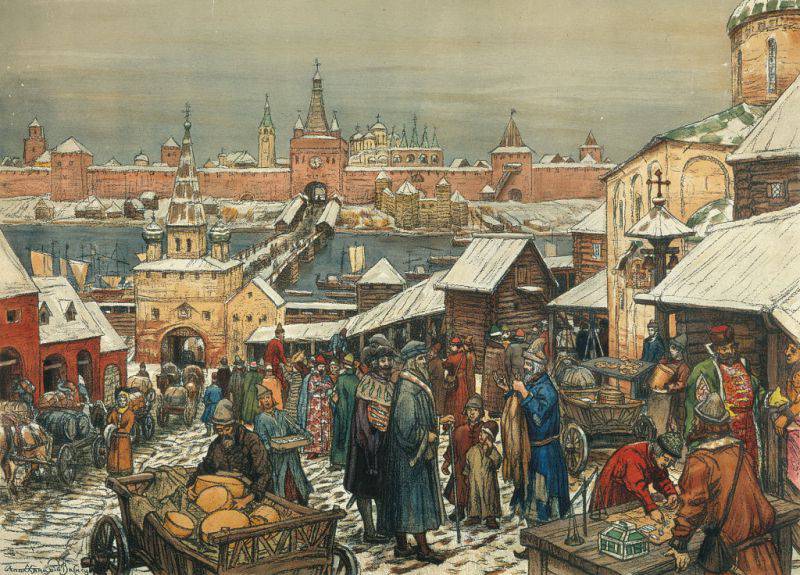
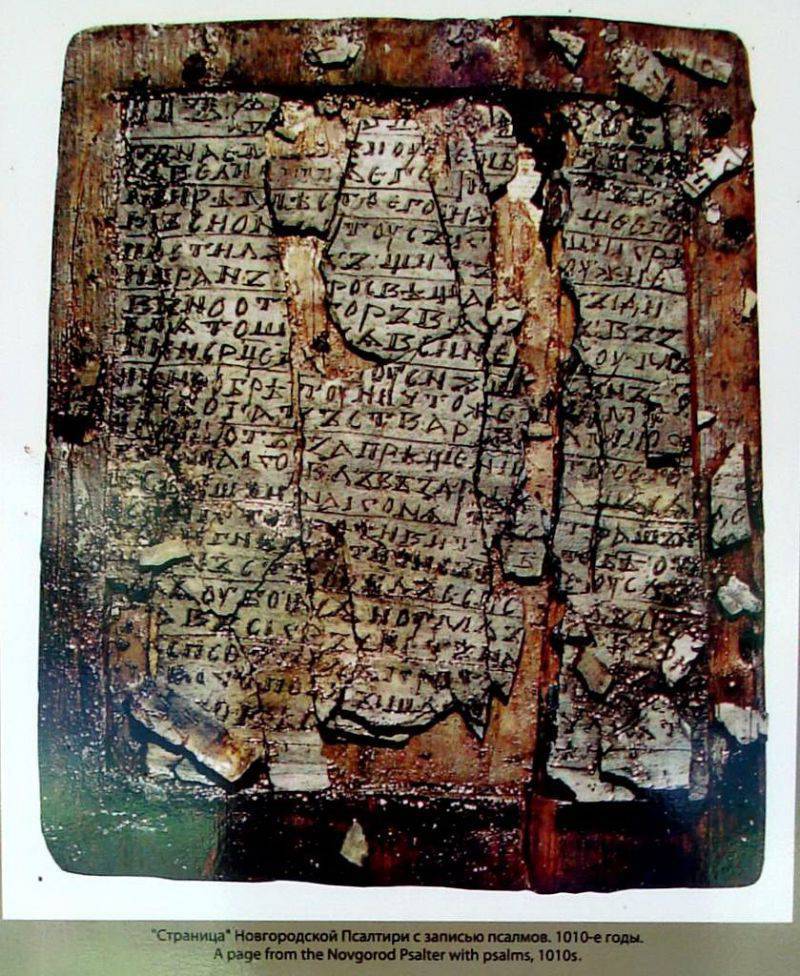
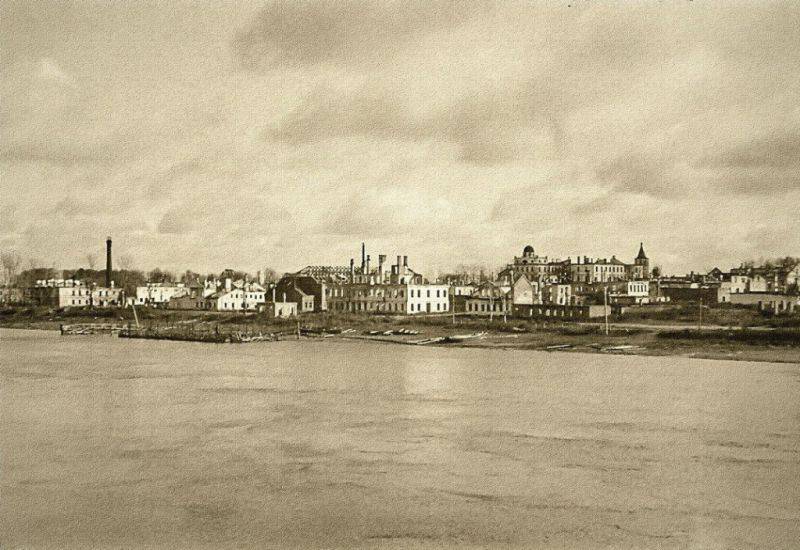
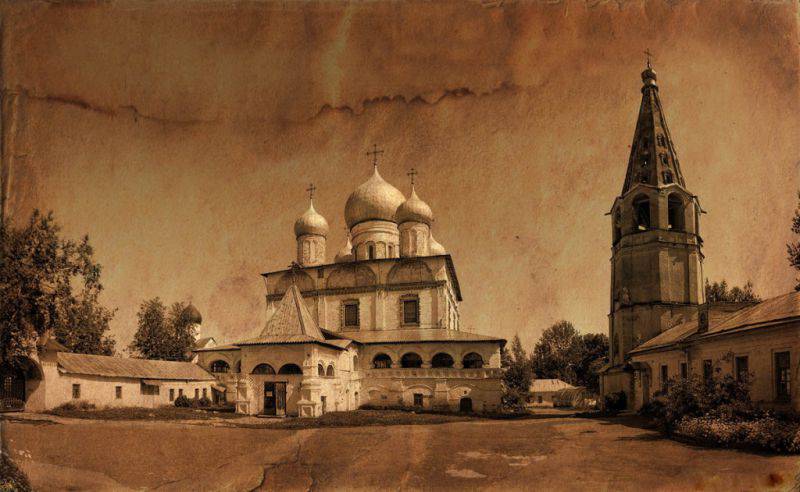
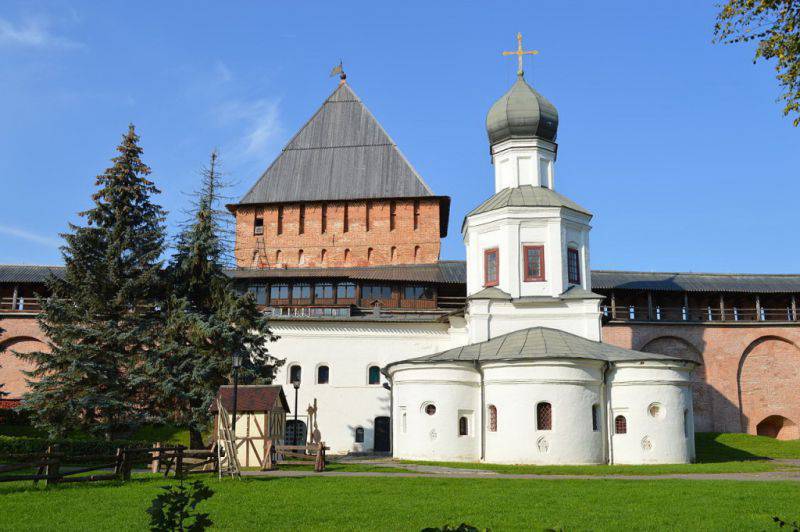
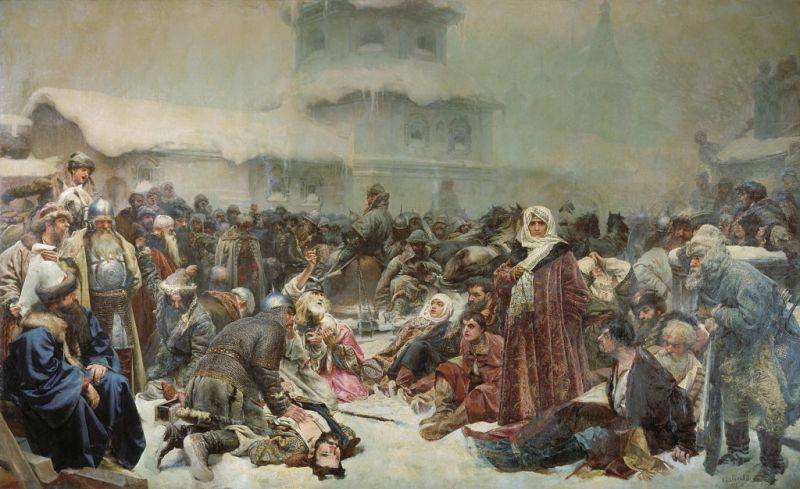
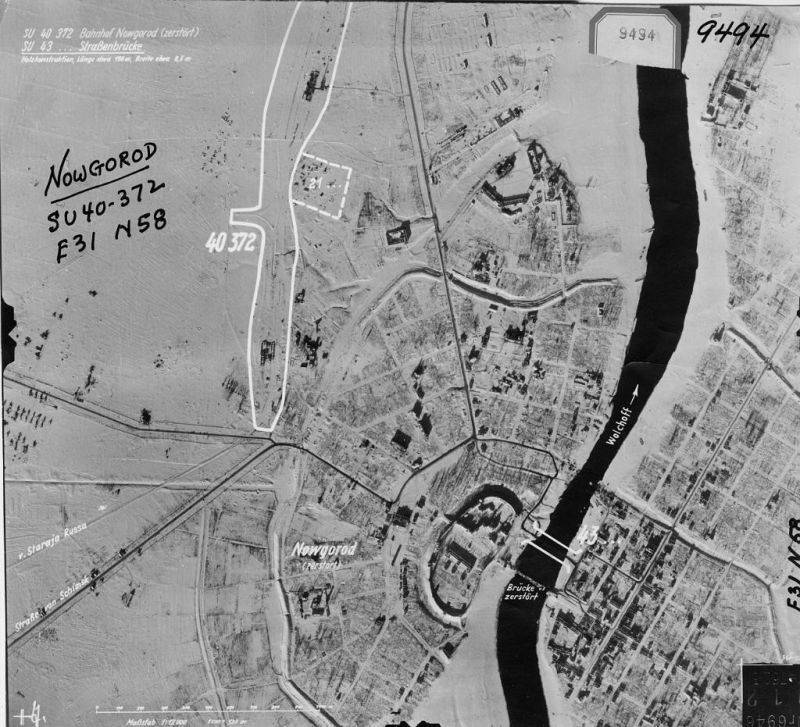
Information